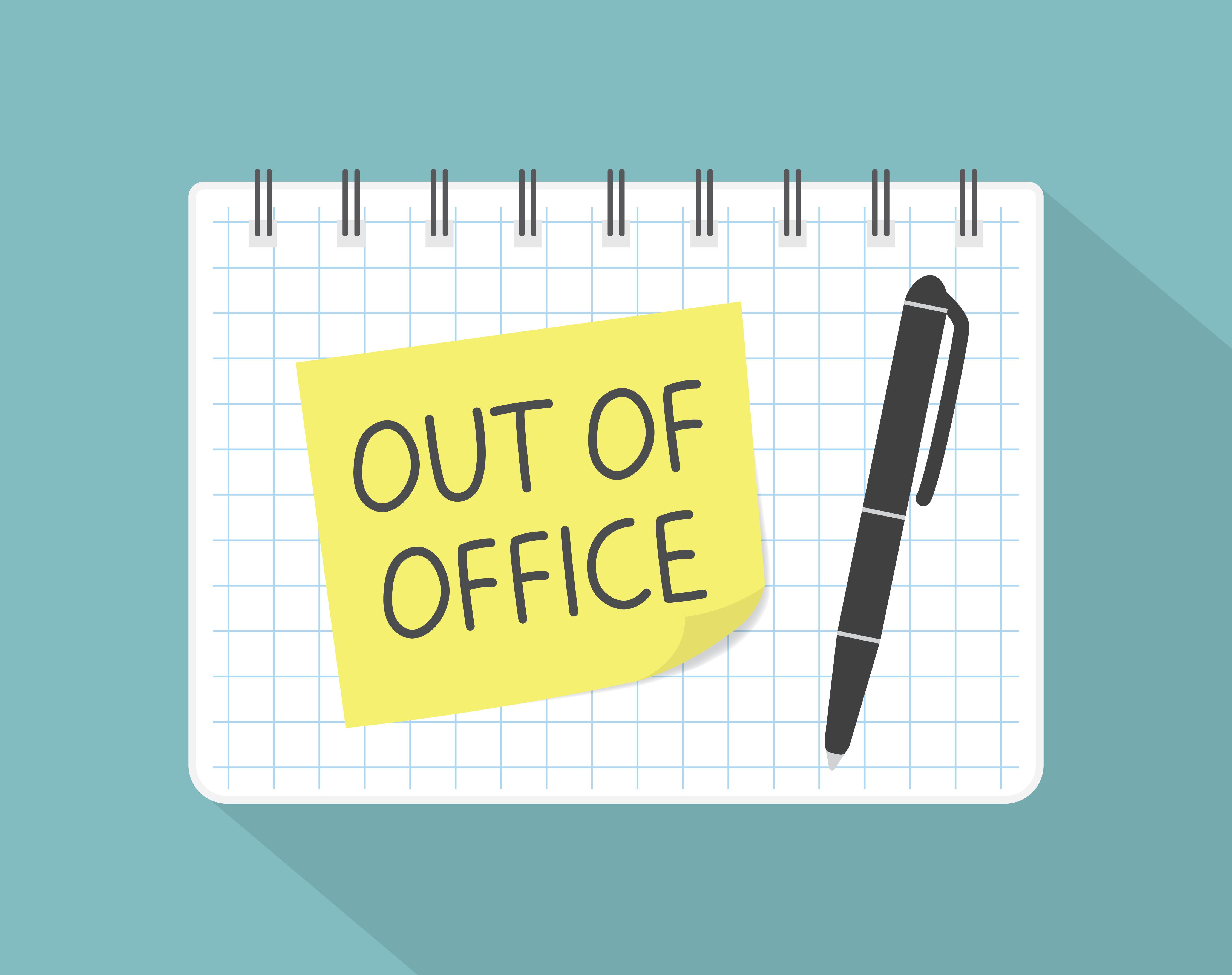More than three years after the onset of the COVID-19 pandemic, President Biden signed a bipartisan congressional resolution to bring the national emergency to a close on April 10. Now officials are saying the disease no longer poses a significant threat. In a recent survey by one of the big four financial consulting firms, KPMG, nearly two-thirds of CEOs at multinational companies said the “ideal” working environment at their company by 2025 would be full-time in-office. but when will this happen?
After the more than two years of working away from the office, sixty-five percent of workers desire to continue working from home according to Forbes, happily visualizing sweatpants with a pet by one’s side. However, as the nation navigates towards a post-pandemic world, there has been enough time to study the facts -- and they show that it is crucial to recognize the value of returning to the office environment.
Working in the office can lead to valuable networking opportunities, both within the organization and externally. Having strong innovation in an office is an essential pathway to competitive advantage in current business environments, according to Science Direct. So is it of greater importance to be comfortable in our pajamas or let China and Japan supersede us in productivity? At last count, China’s GDP increased at an annual rate of 6.3% according to China Briefing in the second quarter, and Japan’s GDP grew 2.7% in the previous three months, according to CNBC. This compared to the U.S. GDP growing just 2.4% in the second quarter.
Workspaces can be designed to encourage creativity and collaboration, Harvard Business Review says. Collaborative spaces and open layouts can inspire new ideas and solutions that drive international competitiveness. For leaders and managers, the office provides a central hub for overseeing and guiding their teams. Furthermore, being in office can provide employees with a sense of purpose and community, enabling companies to improve retention.
In a fast-paced global economy, being in the office allows organizations to respond promptly to emerging challenges and opportunities. Quick response times can give businesses a competitive edge. Breaking news is only breaking for so long, and the office environment serves as a melting pot of ideas. Interacting with coworkers while working through a challenge can result in unexpected and valuable solutions to problems.
“Thirty-two percent of hybrid employees indicate that virtual meetings are less effective than in-person meetings,” according to Gallup. “A recent study published in the journal Nature Human Behaviour found that collaborative idea generation and creativity were lessened when random pairs of people worked together virtually when compared with random pairs working together in person.”
Even casual conversations at places like the water cooler may spark ideas for products or services. These interactions foster the organizations’ innovation and maintain a competitive edge. Working from home means that every interaction must be scheduled, making informal interactions nearly impossible- especially considering Zoom fatigue. Similarly, Dr. Jeremy Bailenson, professor and founding director at Stanford University’s Virtual Human Interaction Lab, notes that videoconferencing with its unnatural eye gaze, cognitive load, all-day mirror fatigue and greatly restricted mobility is less effective than meeting in person.
Additionally, fully remote work is associated with about 10% lower productivity than fully in-person work, according to Stanford’s Institute for Economic Policy and Research. We need to have some sympathy for people who have become accustomed to working from home but it is of utmost importance that we get back to international levels of productivity and competitiveness.
The presence of vacant office space has become a financial burden for landlords and companies that made substantial investments in acquiring, leasing, and renovating office buildings to create appealing work environments. While this is a universal issue across the country, unlike other US cities, much of DC’s downtown office space is controlled by the federal government. According to Insider, “All 24 federal agencies have reported that their in-person workforce hasn’t returned to pre-pandemic levels… and it’s having a major impact on D.C.’s urban core.”
Test scores show how COVID-19 set children back across the country while learning remotely. According to a nationwide exam, test scores in both mathematics and humanities dropped to the lowest levels during the years accompanying the pandemic, according to the New York Times . “The pandemic erased two decades of progress in math and reading,” it said.
Schools swiftly began the integration back to school in order to catch up -- so why aren’t companies and governments doing the same? When we look at the drop in test scores across all ages it is clear that far less true learning was occurring and the same is true when we implement working from home at a company.
We legitimately were caught unaware when COVID hit and we couldn’t come into work and school. We couldn’t control that then, but we can control our response now.
Robert Weiner is a former Clinton and Bush White House spokesman who also served as a senior staffer for the House Government Operations and Judiciary committees, Congressman John Conyers, Charles Rangel, Claude Pepper and Ed Koch, Sen. Ted Kennedy and Gen. Barry McCaffrey. Annie Cayer is a policy and research analyst at Robert Weiner Associates and Solutions for Change and a student at Northeastern University in Boston.





